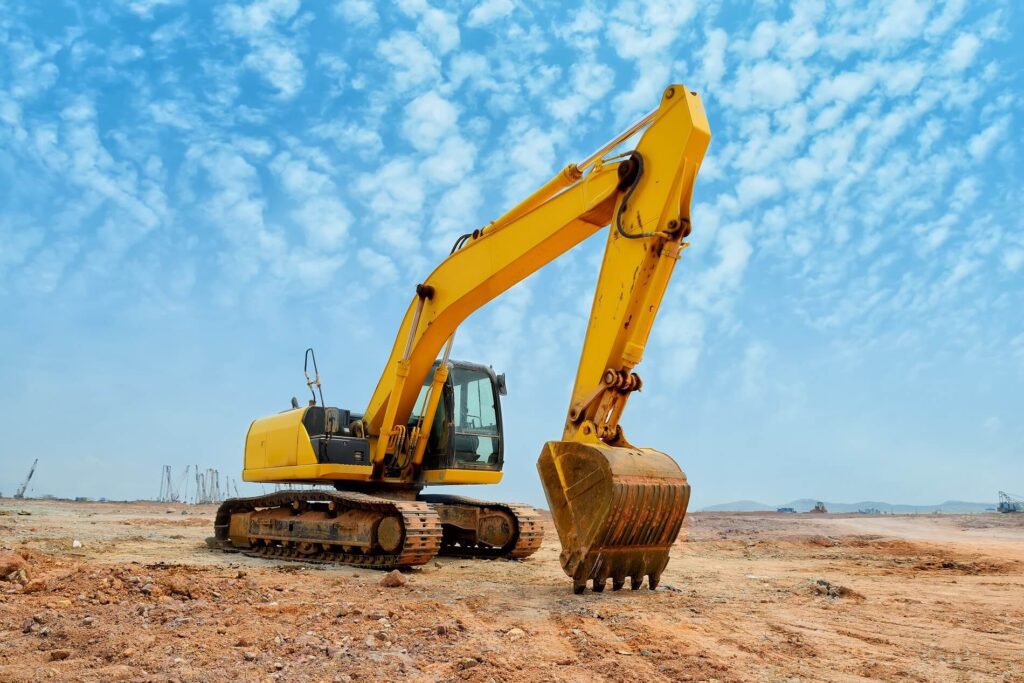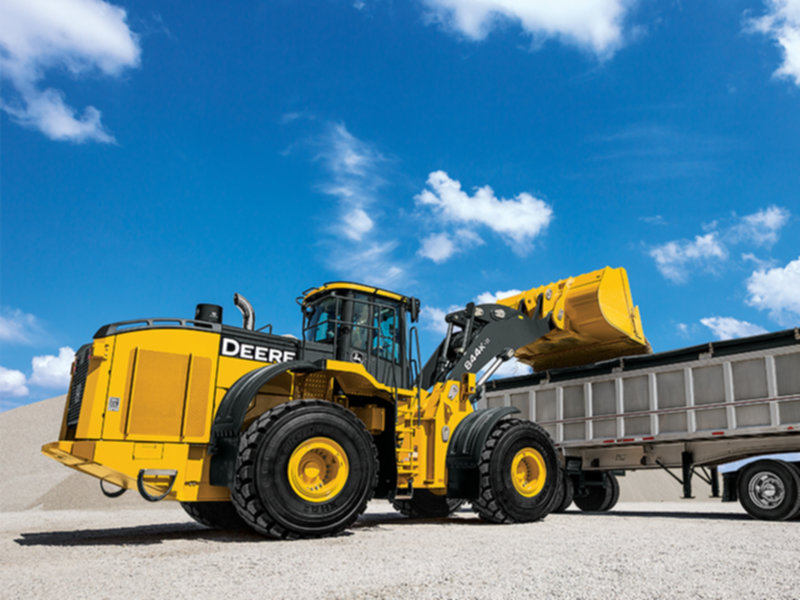Remain Competitive: Access Top-Notch Aftermarket Construction Equipment Parts
Remain Competitive: Access Top-Notch Aftermarket Construction Equipment Parts
Blog Article
Commonly Made Use Of Building Devices Parts Explained

Excavator Bucket
When thinking about the capability of an excavator, the excavator container plays an essential function in its total performance and effectiveness. The excavator bucket offers as the primary add-on for excavating, training, and delivering materials on building websites - Aftermarket Construction Equipment Parts. These containers can be found in different sizes and shapes, each created for particular jobs such as trenching, grading, or heavy-duty digging
The material of the excavator bucket is usually made from set steel to withstand the rough conditions of building and construction work. The cutting side of the bucket is reinforced to improve resilience and cutting efficiency. In addition, some pails feature exchangeable teeth or sides to guarantee simple upkeep and long term usage.
The dimension of the excavator pail straight impacts the device's productivity (Aftermarket Construction Equipment Parts). Bigger pails appropriate for relocating bulk materials rapidly, while smaller pails supply accuracy in tight spaces. Choosing the ideal bucket size for the work at hand is essential for maximizing effectiveness and finishing jobs successfully
Excavator Blade
The excavator blade is a critical element of a bulldozer's equipment, crucial for numerous earthmoving and progressing jobs on building and construction sites. This large, curved blade affixed to the front of the bulldozer is designed to press products like particles, sand, or soil. Excavator blades come in various kinds, such as straight blades for great grading and sloping, U-blades for lugging huge loads, S-blades for enhanced rolling of products, and combination blades for convenience in various tasks. The angle and placement of the blade can generally be readjusted hydraulically, permitting effective control and accuracy during operation.

Crane Hook
The crane hook, similar to the excavator blade in its performance and significance on building sites, offers as a vital component of crane tools for lifting and carrying hefty materials. This vital part is usually connected to completion of the crane's cord rope to offer a protected connection point for the load. Crane hooks are created to withstand immense weights, making certain the security of both the operators and the products being raised.
The form of the crane hook is thoroughly engineered to stop the tons from sliding off throughout transport. Different sorts of crane hooks are available to fit different lifting requirements, such as C-hooks, S-hooks, and 3 or 4-prong hooks. The dimension and weight capacity of the crane hook should be meticulously matched to the crane's specifications to make certain optimum efficiency and security.
Routine inspection blog and upkeep of the crane hook are critical to avoid mishaps and make sure smooth operations on the building and construction site. Any type of indications of wear and tear need to be promptly dealt with to stay clear of prospective threats during lifting procedures.
Backhoe Boom
An important part of backhoe equipment that plays an essential role in excavation and product handling is the backhoe boom. The backhoe boom is the large, extendable arm located on the back of the maker that is accountable for training, moving, and excavating. Typically, it is connected to the rear of the backhoe's framework and can be elevated or reduced using hydraulic cylinders. The backhoe boom is important for getting to deep into trenches or high over the ground to execute numerous tasks successfully.
Built from durable products such as steel, the backhoe boom is designed to hold up against hefty lots and extreme workplace. It is typically furnished with a bucket or other attachments at the end to assist in excavating, training, and carrying products. The versatility of the backhoe boom makes it a beneficial tool for construction, landscaping, agriculture, and other industries where excavation and product handling are needed. Proper upkeep and procedure of the backhoe boom are important to guarantee safety at work site and extend the equipment's life expectancy.
Dump Vehicle Bed
Positioned behind a dump truck framework, the dump truck bed acts as the key container for transferring and dumping numerous materials on construction sites. These beds come in different sizes and forms, depending on the specific demands of the task - Aftermarket Construction Equipment Parts. Normally constructed from steel to withstand hefty lots and harsh materials, dump vehicle beds are made to be resilient and long lasting
Dump truck beds are hydraulically run, enabling them to tilt and unload their components easily. This mechanism allows effective and quick discharging of products such as crushed rock, sand, dust, or particles at the wanted place. The capacity to quickly transfer products makes dump vehicles with beds invaluable in construction projects where time is essential.
Furthermore, unload truck beds can be personalized with functions such as side expansions, tarpaulin systems, and tailgates to enhance their performance. see here now These enhancements assist in safeguarding the lots during transportation and preventing splilling, ensuring a safe and efficient transport procedure on building and construction sites.
Verdict
To conclude, comprehending the functions and elements of frequently used building equipment components is important for effective project completion. Excavator buckets, excavator blades, crane hooks, backhoe booms, and discard vehicle beds all play crucial roles in various construction tasks. By acquainting oneself with these equipment parts, Find Out More building experts can efficiently utilize them to improve performance and productivity on duty site.
The excavator bucket offers as the primary attachment for digging, lifting, and carrying products on building websites.The product of the excavator pail is typically made of solidified steel to withstand the harsh problems of building and construction job.Excavator blades are necessary for developing level surface areas, clearing particles, and pressing materials during construction tasks.The crane hook, a lot like the bulldozer blade in its performance and importance on construction websites, serves as a critical element of crane devices for lifting and transferring heavy materials.Positioned at the back of a dump truck framework, the dump vehicle bed offers as the primary container for transferring and unloading various materials on building sites.
Report this page